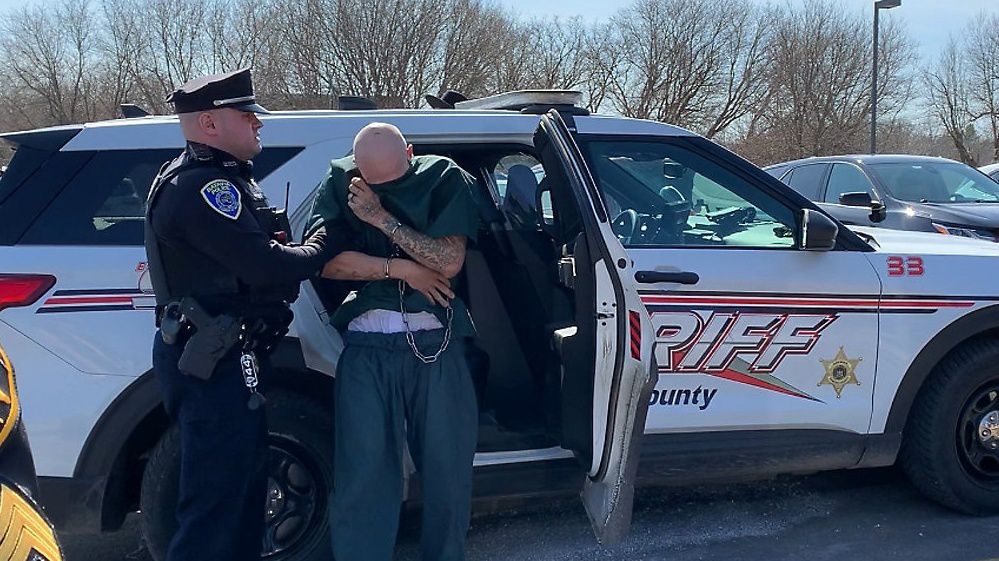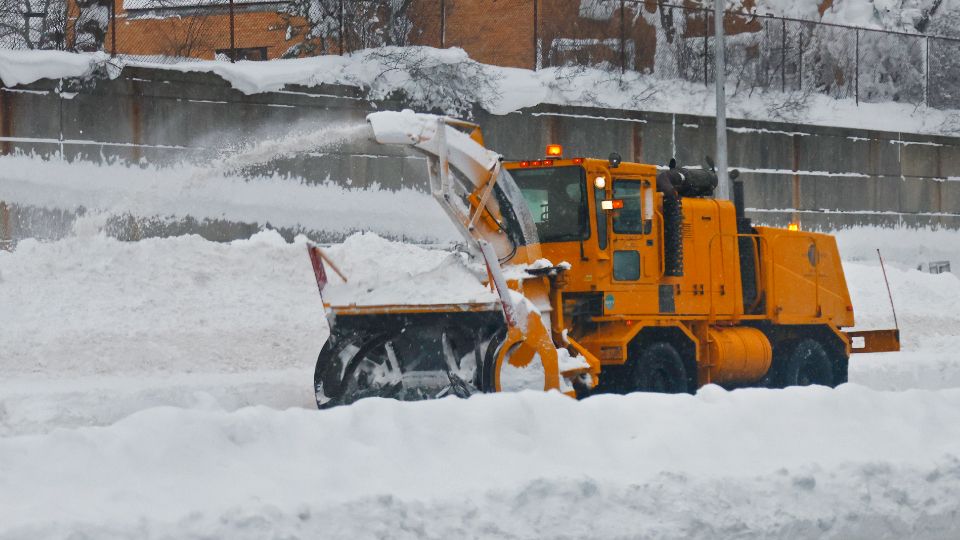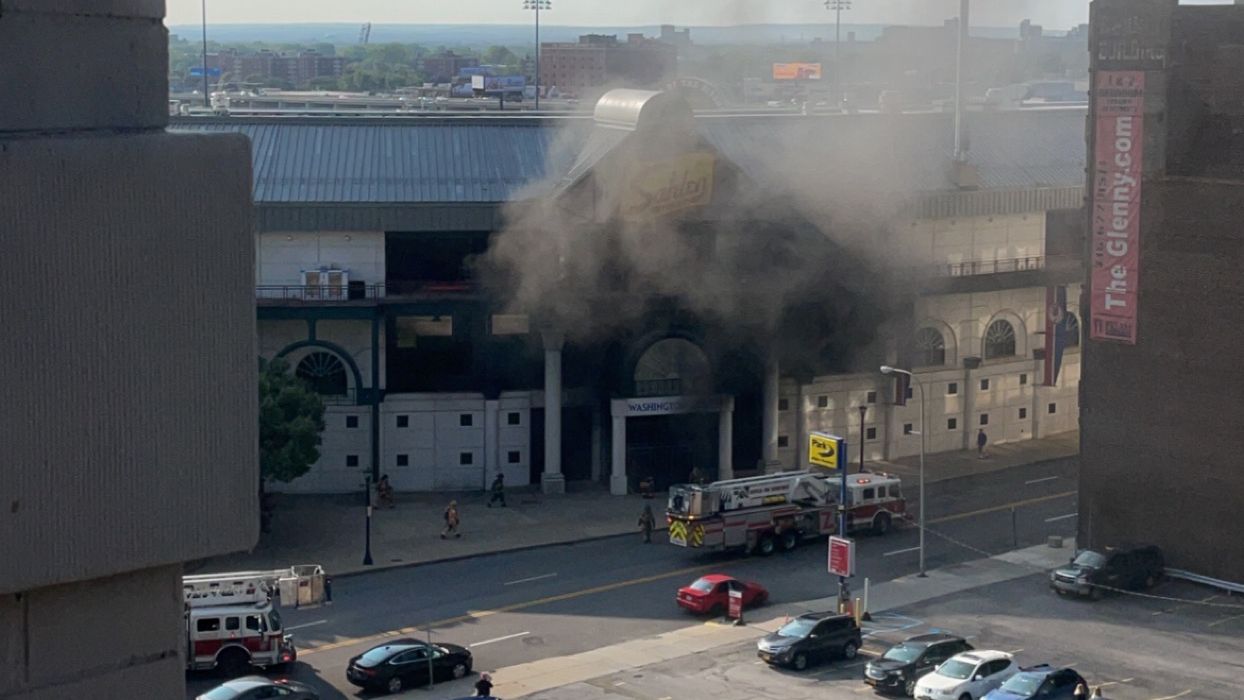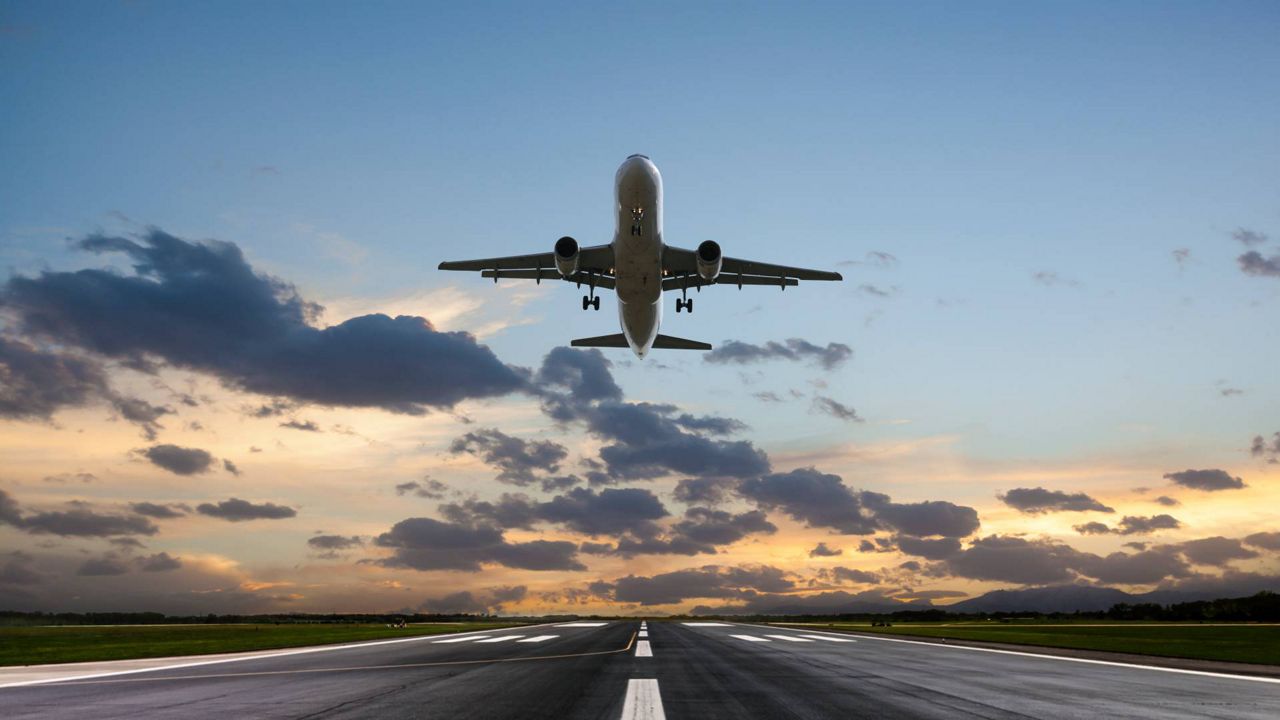BUFFALO, N.Y. — City of Buffalo officials released the results of the 2022 Blizzard Report done by New York University's Wagner Graduate School of Public Service.
The report, titled "Lessons Learned from the Buffalo Blizzard," was commissioned by Buffalo Mayor Byron Brown to seek out what was done right and wrong in prep and response to the Christmas blizzard where 47 people died in Western New York.
The report included a number of recommendations and changes that can be enacted as soon as next storm season, including additional snow response equipment, new positions specific to emergency weather response, establishing a business communication system and FEMA notification system, improving physical equipment like DPW facilities, installing better signage of storm warnings in public places and addressing equity issues involving bills and repairs.
Brown says the city will also create a storm response task force of 20 members made up of local and state workers.
“We want to help people," said Brown. "We want people to be prepared. We want people to know where to go, to know what will be open, to know that they can stay in their home and their home will be safe and secure before we get into an emergency situation.”
For the report, a research team consisting of nine individuals and additional advisors investigated four primary areas of impact, including roads (how disastrous road conditions and insufficient snow removal resources impeded the storm response and recovery), utilities (how power losses affected residents and city operations), communications (how warnings and emergency messages were communicated to the public) and equity (how the storm exacerbated existing inequities in the city of Buffalo).
"The research team was asked to review the response to an unprecedented storm that occurred over a holiday. As such, the report should not be read as a suggestion of negligent conduct by any of the respondents or government officials, many of whom were heroic in a time of crisis," a portion of the report read. "This report provides a roadmap for helping the city make meaningful progress."
Mayor Byron Brown commissioned the report amid questions about why, in a region known for frequent and heavy snowstorms, this one was so devastating.
“The loss of life that we saw wasn’t based on equipment,” Brown said at a news conference Friday. “We think it was based on communication.”
The report, led by researcher Sarah Kaufman, recommended using social media and other means to warn residents of future dangers after finding that officials relied too heavily on television and radio announcements that didn’t reach households without those devices. Only 16% of city residents are enrolled in the BUFFALERT text messaging alert system, it found.
The storm also highlighted longstanding equity concerns in the upstate city where 28% of people live in poverty, according to the report: Black residents make up just a third of the population of Buffalo and 14% in Erie County, yet they accounted for about two-thirds of the storm deaths in the city and more than half at the county level.
“Many residents who were not in a financial position to stock up ahead of time ventured out mid-storm for food and medicines,” the report said. “In some neighborhoods, acquiring food was even more challenging because grocery stores are not evenly distributed throughout the city.”
“Furthermore, two of the three National Grid power substations that failed were located in Buffalo’s predominantly-Black East Side, and power outages appeared to occur frequently in those neighborhoods,” it said.
In all, 20,000 customers and city facilities including firehouses and the Department of Public Works garage lost power and heat for up to four days.
The report attributed seven deaths in Erie County to emergency calls that went unanswered due to a backlog, as well as unplowed streets and routes blocked by stranded drivers who were either unaware of or ignored travel bans that were inadequately conveyed.
“Although New York’s prior Governor Andrew Cuomo had historically decreed road closures through executive order during his tenure, current Gov. Kathy Hochul, who took office in August 2021, has permitted greater local decision-making around road closures,” the report said. “This likely led to a `wait-and-see’ approach leading up to the blizzard that may have contributed to belated road closures by the county, later announced by the city.”
“Last year’s blizzard in Western New York was historic and Governor Hochul ordered an independent after action analysis, expected to be released later this month, to help strengthen future emergency operations," said John Lindsay, deputy communications director for Gov. Kathy Hochul' office, in a statement. "The administration is reviewing the City of Buffalo’s report, and state roads in and around Buffalo were closed at the Governor’s direction at 6AM on Friday, December 23rd prior to intense snowfall. A commercial travel ban announced the previous evening on the Thruway went into effect at the same time, followed by a full traffic ban later that day.”
The report said the blizzard cost the city $10.2 million in operations and recovery.
Before next winter, the researchers said, Buffalo should develop an extreme event management plan beyond the existing snow plan and establish a “trigger event,” such as a rate of snowfall per hour or wind chill factor, that would set it into motion.
“Interview findings suggest that the city snow plan for this blizzard,” the report said, “was not substantially different from that for a typical, standard snow event.”
The report was commissioned at no cost.
The Associated Press contributed to this report.









